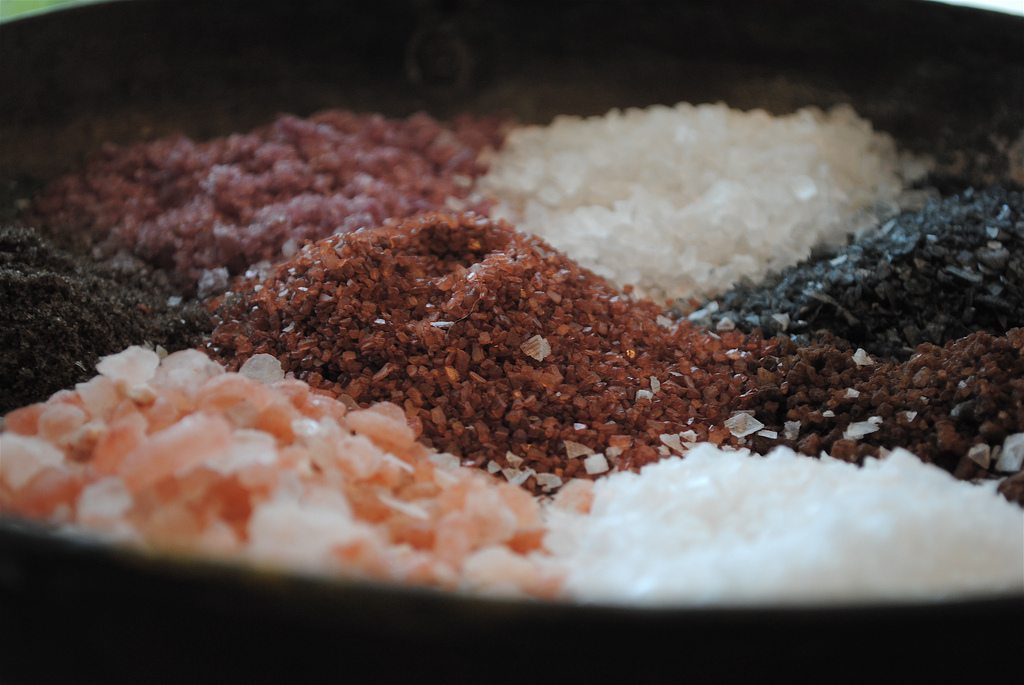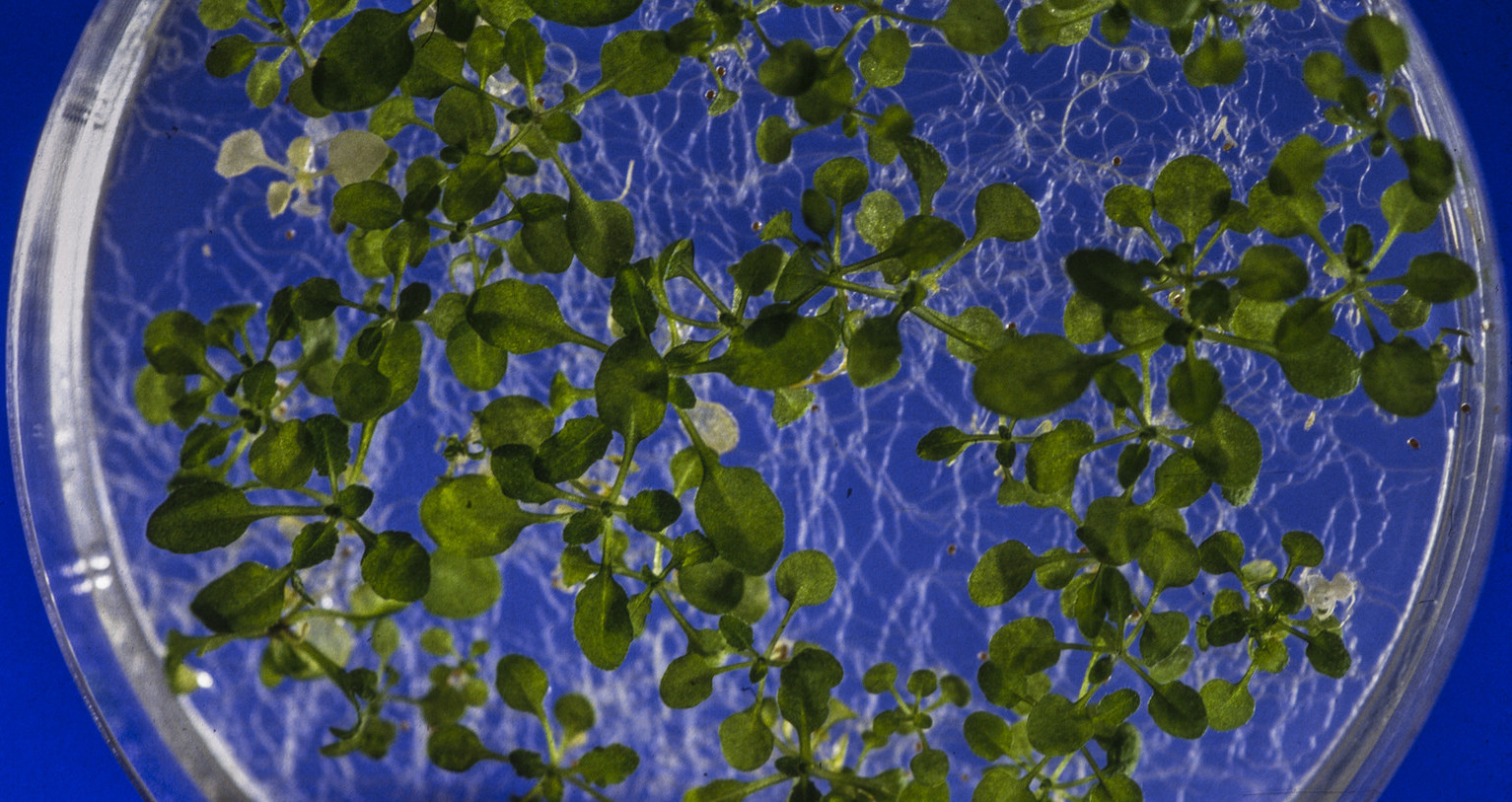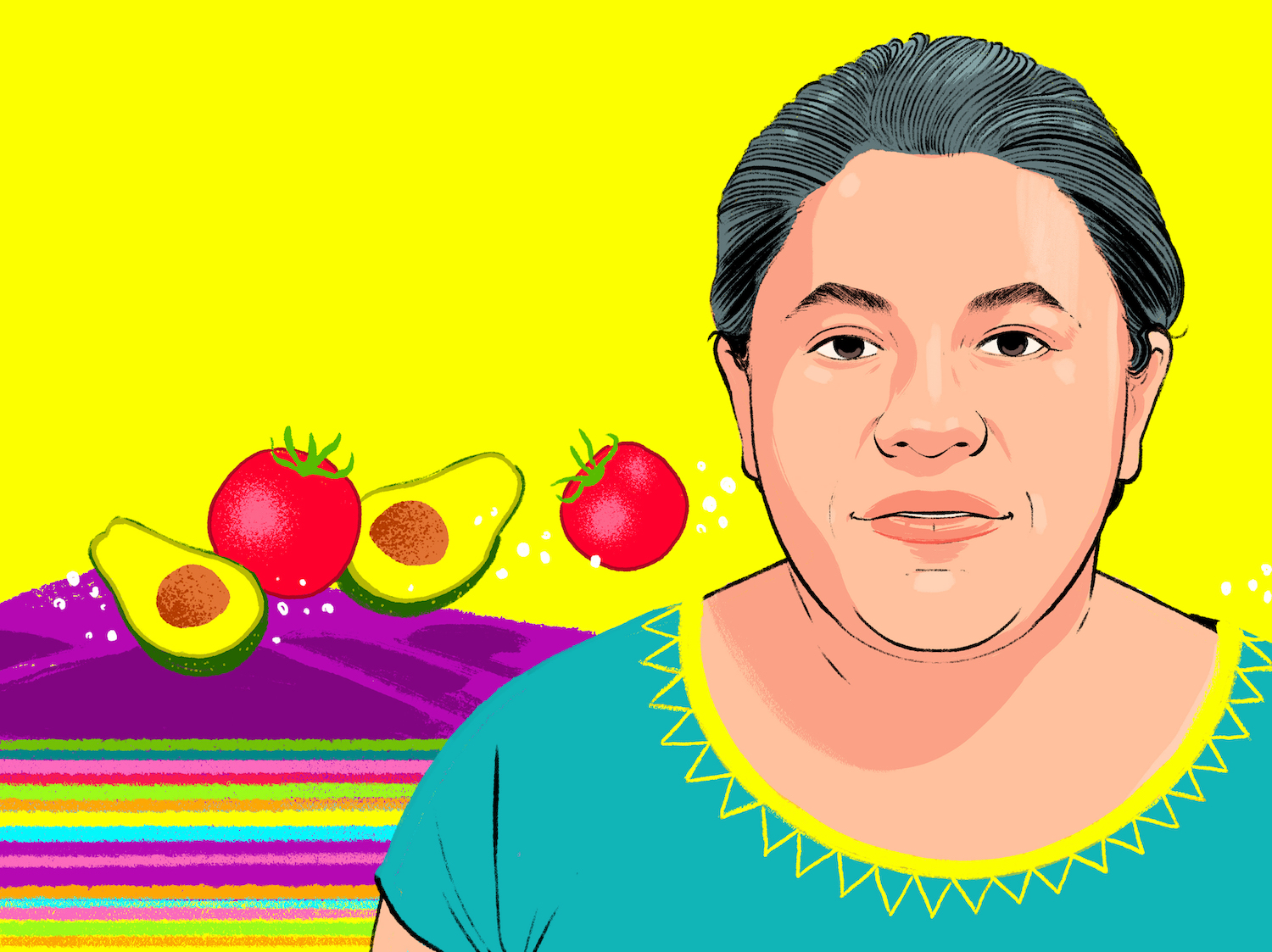Back in the 1970s, medical and public opinion suddenly decided that fat was bad for us and we needed to eat less of it. We gave up eggs and got wistful about bacon. Low-fat products abounded: ice creams and cookies and peanut butter and you-name-it. None of them seemed quite normal (the cookies, I recall, were especially strange). I can’t speak for anyone else, but I naively assumed that these things were regular old ice creams and cookies and peanut butters, but with less fat. Silly me.
As we now know, what happened is that when manufacturers removed fat, they compensated for it with extra sugar and carbohydrates to help preserve the textures consumers were used to—and, if you believe some folks—helped to launch our current epidemic of obesity and diabetes.
Lesson learned. Call it Newton’s Fourth Law: the conservation of badness.
Anyhow, now we’ve all decided that our food needs to have less sodium—lots less. The average American is supposed to reduce sodium use from about 3,400 milligrams per day to about 2,400. We already know that the problem isn’t home cooking and what you sprinkle on your food at the table. It’s restaurant meals and prepared foods, which account for about 75 percent of our sodium intake, according to the American Heart Association. And so to achieve our goal, we need processors to use less. They can do that right? All they have to do is take a little salt out of the recipe.
In fact, that strategy actually works once in a while. But not often. A lot of salt is in foods not because evil Big Food companies are trying to create and exploit salt addiction. (OK, they probably are, but it’s not the only reason.) It’s there because salt is a workhorse of prepared food, playing roles in creating textures, preserving food, and regulating fermentation. For a wonderful summary of some of the issues, see this article from the journal Comprehensive Reviews in Food Science and Food Safety, which I’ve drawn on heavily.
Here’s a sampling from salt’s workhorse CV:
• In bread, salt helps tighten the structure of the gluten that holds the loaf together. Without it, bread wouldn’t rise properly. It also competes with yeast for water, which helps to slow down and control the action of the yeast, and it helps prevent spoilage. The ability to reduce salt in bread would be important, because breads and rolls are a major contributor to the average daily sodium intake—not because they’re particularly high in sodium, but because we tend to eat a lot of them.
• In cheese, salt helps draw liquid out of the curds, contributing to the texture of the cheese. The antibacterial properties of salt are important here too, especially in controlling lactic acid bacteria.
• In products such as packaged lunch meats, salt and other forms of sodium are powerful preservatives. At least one model predicted that deli turkey would last twice as long in the refrigerator if treated with sodium.
An industry–that has a compound average growth rate of better than 10 percent and is expected to reach $1.24 billion by 2020—is arising to develop and market salt reduction products for food processors, using various mineral salts, amino acids, yeast extracts, as well as various nucleotides, vegetables proteins, and trehalose, a sugar that works like salt in drawing liquids out of tissues. There’s a lot of interest in using umami flavors to mask the absence of salt.
Surprisingly, it looks like the easiest thing to do will be to reduce the sodium in salty snacks while having them taste roughly the same. We only taste salt when it dissolves, so various manufacturers are providing new forms of salt—smaller-grained, flaked, etc.—that will let the salt on the surface of a chip, say, dissolve instantly when it hits your tongue, providing a bigger hit of salty taste for less total sodium. One of the coolest is a product called alberger salt, a flaky salt with grains shaped like tiny hollow pyramids to give them the maximum possible surface area. It sounds like a contemporary idea, but the process that produces it has been around for more than 100 years.
Many of the promising approaches use potassium chloride to replace some sodium chloride. Potassium chloride does many of the same things as sodium chloride—salt—but where most of us could stand to eat less sodium, we tend to need more potassium than we currently consume. So substitute potassium chloride for part of the salt in a recipe (which is in effect what you do when you use sea salt—which combines multiple salts—instead of table salt). Potassium has a metallic taste, but food scientists have lots of ideas for dealing with that.
I’m not saying we should go all Food Babe on the topic. The food science company NuTek is currently petitioning FDA for permission to call potassium chloride “potassium salt” on food labels, just to make it seem a bit friendlier. (The comment period on the request just closed.) We’ll see how the petition turns out, but let’s be real: Potassium chloride is a key ingredient in lethal injection cocktails. It’s a totally different application, a totally different dosage. But as potassium chloride makes it into mainstream foods, look for a deluge of know-nothing chemistry in your social media feed.
Which brings us right back to where we started. We’re kicking out an ingredient that looks harmful. We’re about to make a bunch of substitutions. I know how we feel about sodium. How do we feel about the things we’ll replace it with?
The real question probably isn’t whether salt reduction ingredients are safe. Probably most of them will be fine and the rest will be left behind. More important, some of the ingredients people are marketing and developing right now will in fact lower the sodium and handle the problems of texture and safety. That’s either (a) a near miracle that means we can continue to eat attractive tasty processed foods or (2) lipstick on a pig—a way of sustaining the unsustainable world of processed food for a little while longer.
It’s both, of course. Which makes it the kind of potential battle we’ll be seeing more and more in the future: A product or process can work and be safe and make economic sense and still not be something you want to use. I can see why many in the food movement would want to stick with the traditional, the natural, and would want to focus on dietary reform that gets us away from processed food entirely. But that’s not going to happen soon. In the short run, do we back new ingredients that make food healthier and palatable for the mass market, or do we fight to ensure that processed food is heathier but unpalatable, pushing people to make a change?
Do you yet know which side you’re on? It’s getting to be time to decide.











